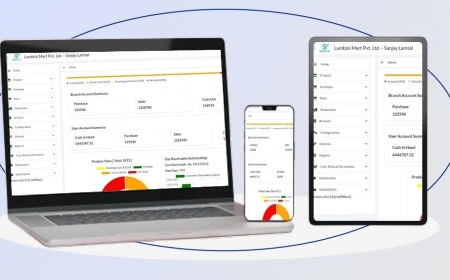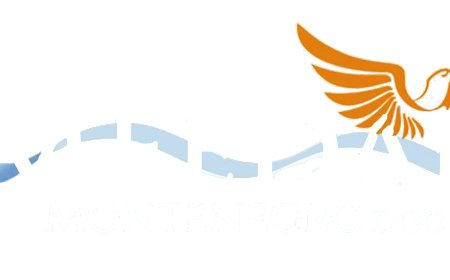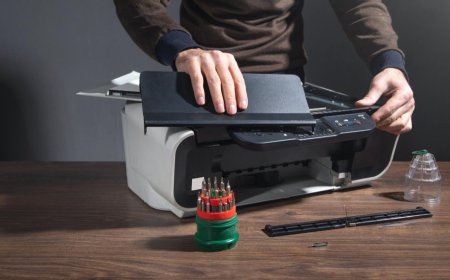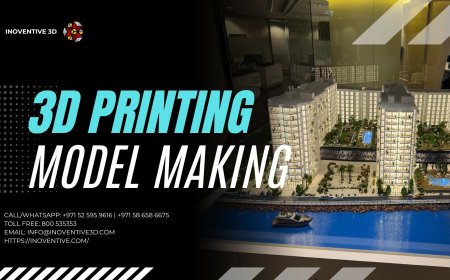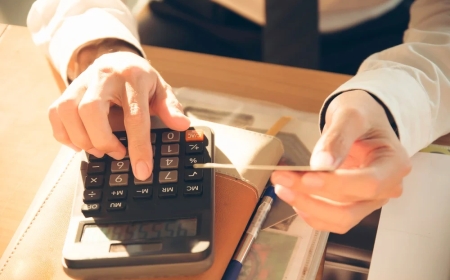Trademark Office Action: What It Means and How to Overcome It with Expert Help
Fortunately, with the right approach and expert support, a Trademark Office Action is not the end of the road—it’s a manageable detour. In this article, we’ll break down what a Trademark Office Action is, why it happens

Applying for a trademark can be an exciting step toward protecting your business identitybut it often involves a few legal hurdles. One such challenge is theTrademark Office Action, a formal response from the United States Patent and Trademark Office (USPTO) highlighting problems with your application. Whether its a minor correction or a significant legal concern, receiving a Trademark Office Action can stall your registration process if not handled correctly.
Fortunately, with the right approach and expert support, a Trademark Office Action is not the end of the roadits a manageable detour. In this article, well break down what a Trademark Office Action is, why it happens, and how professional guidance can help you respond effectively and move your trademark application forward.
What is a Trademark Office Action?
A Trademark Office Action is an official document sent by a USPTO examining attorney after reviewing your trademark application. It lists the reasons your application cannot move forward in its current form. These issues could be simple (such as missing information) or complex (like legal objections to your mark).
There are two main types of Office Actions:
-
Non-Final Office Action: This is usually the first notice and provides the applicant an opportunity to respond and make necessary corrections.
-
Final Office Action: Issued if the response to the non-final action does not resolve the issues, or if new concerns arise. A final Office Action requires a more formal appeal or legal argument.
Its critical to understand that you have only six months to respond to an Office Action. If you miss this deadline, your application will be considered abandoned, and you may need to start the entire process over again.
Common Reasons for a Trademark Office Action
Many Office Actions arise from common, fixable issues. Here are some of the most frequent reasons:
-
Likelihood of Confusion
The examiner believes your trademark is too similar to an existing registered trademark, and consumers might confuse the two. -
Descriptiveness or Generic Refusal
Your trademark may be considered too descriptive or generic, meaning it simply describes the product or service rather than functioning as a unique brand identifier. -
Improper Specimen
The evidence submitted to prove use of the mark in commerce may not meet USPTO requirements. For example, a screenshot of a website may be unacceptable if it doesnt show the mark in direct association with the product or service. -
Identification or Classification Issues
Your description of goods or services may be unclear, or you may have chosen the wrong international class. -
Required Disclaimers or Translations
If your mark contains common or foreign-language terms, the USPTO may request a disclaimer or a translation.
Each issue in a Trademark Office Action needs to be addressed clearly and thoroughly. A strong, accurate response improves your chances of getting the trademark approved.
Why Its Risky to Respond Alone
Trademark law is complex, and responding incorrectlyor not at allcan lead to delays, rejection, or permanent loss of your application. Many applicants make mistakes such as:
-
Providing incomplete or vague responses
-
Failing to include legal arguments or supporting evidence
-
Missing the six-month deadline
-
Not understanding what the examiner is actually requesting
Thats where professional help can make a major difference.
How We Help You Overcome a Trademark Office Action
At our firm, we specialize in helping clients respond to Trademark Office Actions with precision and strategy. Here's how we support your trademark journey:
1. Detailed Legal Review
We analyze every point raised by the USPTO examining attorney and break down what each one means for your application.
2. Strategic Response Development
Depending on the nature of the objectionlegal, descriptive, or technicalwe develop a tailored plan of action.
3. Professional Legal Writing
Our responses include persuasive legal arguments supported by case law, trademark guidelines, and real-world examples.
4. Specimen and Classification Corrections
If your specimen was rejected or your class was misidentified, we help you correct these errors using approved USPTO formats and terminology.
5. Timely Filing
We manage deadlines for you, ensuring that your response is submitted well within the USPTOs six-month timeframe.
The Path to Registration After an Office Action
Once we file your response, the USPTO will review it and determine whether the objections have been adequately resolved. If the examining attorney accepts the response, your application moves forward to the next phaseeither a publication in the Official Gazette or final registration.
In some cases, a second (final) Office Action may be issued. At this stage, further legal appeals or a Request for Reconsideration may be needed, and our team is equipped to handle those as well.
Dont Let an Office Action Derail Your Trademark Goals
A Trademark Office Action doesnt have to be a dead end. With expert help, you can respond confidently, overcome objections, and continue your journey toward protecting your brand. Whether youre facing a simple fix or a complex legal refusal, our experienced trademark professionals will help guide you through every step.




